
In the middle of speaking with Emily Adams Bode about the opening of her first brick and mortar space, we were interrupted by a customer she was scheduled to interview for his Custom Senior Cord Tab Jacket. She asked him about his childhood, both what he remembers and what symbolizes the past for him now—whether that be a phrase he once spoke, a scent, street sign, nickname or a neighborhood once explored but not forgotten—she wants to know it all. Over the last two years, Bode has become a namesake by repurposing sourced vintage quilts and fabrics that highlight our relationship to ephemerality. Her eponymous line is not concerned with concept so much as it is with lifestyle—specifically thinking through how one comes to announce their subjectivity through the clothes and the objects that they collect, the totems that come to represent their values and lives. We talked about Ralph Lauren, architecture, forming family traditions and knowing when to give yourself over to the process.
Why was opening a store an important move for you? The whole concept of shopping Bode is quite important for the design of the store. Originally, the person would shop the studio, where we would have piles of fabrics and they come in and pick from a from a rack of pre-selected pieces that they might enjoy. Aaron Aujla and Ben Bloomstein of Green River Project wanted the store to have a similar feel and sensibility to this original shopping experience, but it’s much easier for people to shop the clothes in the new space because they can engage with the pieces more clearly. Most of our customers are people who want to buy off of the rack, who also might need something for an event the same night they’re shopping or are looking for a gift for someone. Coming to shop at our studio had a longer lead time and was more geared to the customization of every individual piece versus the way that we sell on ecommerce or wholesale accounts. We’re still focusing on ecommerce but for me it was important to have a store–Aaron and Ben have always done the presentations for all of the shows–and it was a natural next step to get the demand out of our studio.
What were you trying to communicate with the architecture of the store? It’s apparent that the space was constructed around highlighting the necessity of ephemerality, but was there a personal objective? When you think of retail—or any space in New York—the first instinct is that you need natural daylight and it needs to feel clean and airy. The infrastructure of this space was the anthesis of what anyone opening a store would want. This space felt much cozier and had more of a domestic vibe, with less emphasis on bright colors and polished materials…
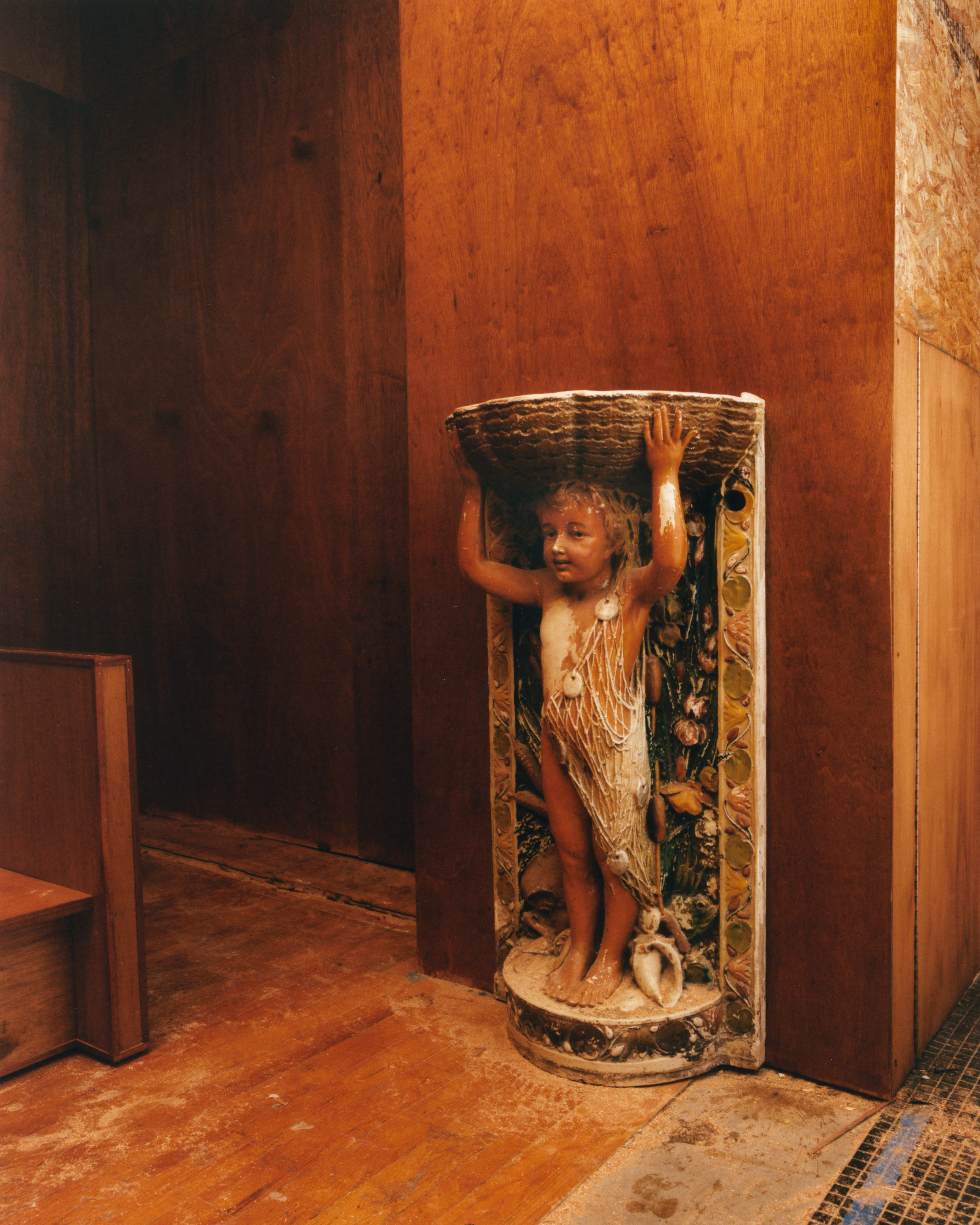
Yes, less laissez-faire and concerned with the resurgence of minimalism and more engaged with redefining the system of how intimacy in a retail space can look and operate. Exactly, the goal was to make it feel like being back at home, we wanted it to feel reminiscent of something familiar.
It feels like the kind of place that you can fall into–if not to buy something then to say hello and show your face. We wanted to make a place where people could hangout. This feeling that we created has everything to do with Green River Project involving some of our close collaborators and friends. Lukas Geronimas painted the ceiling mural and Aaron painted all of the labels for the bottles that live behind the bar. A lot of our collaboration furniture that now lives in the store we weren’t able to showcase when we were in the studio. People had to either come by to pick pieces up or we would ship it off to them, but now we can display stools, the daybed, and a couch, and we can exhibit some of our noncollaborative work.
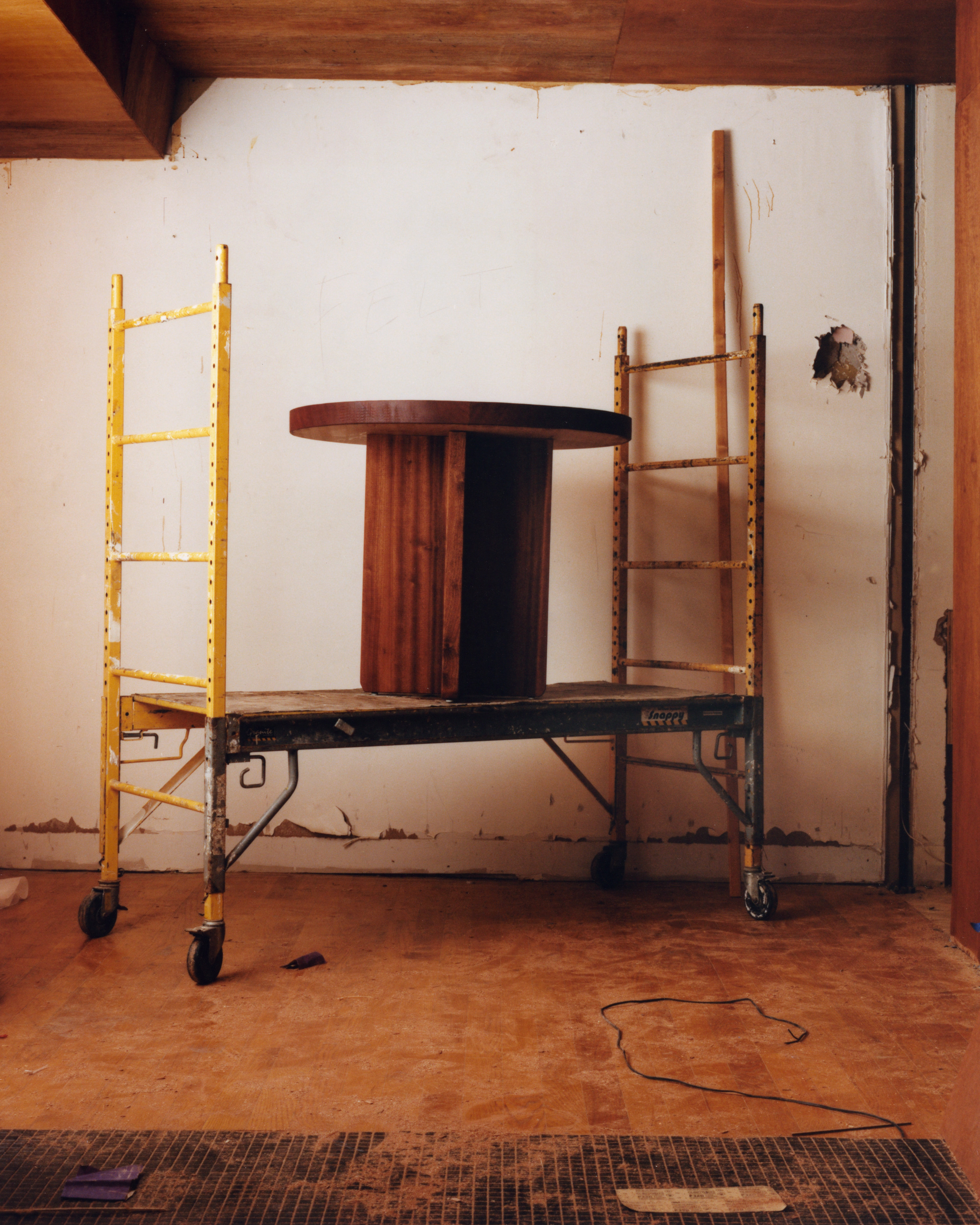
Bode came to mind when I was recently watching the Ralph Lauren documentary. Specifically, when he opened his first flagship store in New York City in 1986, just a few blocks shy of Barneys New York. How are you trying to posit Bode in popular culture or the designer canon? Are you trying to make it a representative of contemporary American culture? I’ve always thought that there was a distinct difference between European and American designers. Even going to Parsons, a design school that really celebrated sportswear, sellable clothing, clothing that can shape an entire culture of dressing. For me, the goal is for people to understand the garments and themselves wearing them, and not just have it as some piece that’s an avant-garde idea or to be a conceptual brand. It’s more a brand and less of a design.
What is your relationship to this idea of the brand? For me, it’s important to have this as a menswear brand with classic silhouettes, that is very American but is culturally aware. And I look at Bode being able to educate people on historical methods and preserving techniques not only of cultures that people generally resonate with, but also your own familial culture. I want to make items that provoke memories, and you can respond with, “oh, this reminds me of my grandmother, this picture reminds me of my cousin’s house.”
Sure, you’re playing with the idea of mimesis through ephemeral objects. Yes, I’m interested in the private space in general by engaging the interiority of people. The family space, the private space… I have such a deep love for ephemera and ephemeral objects, so taking the time to frame and put these memories on the wall was really important to me—we had all these objects, like the paperbag and all of these memory bottles and all these little things. And Green River Project understood and fitted the store with alcoves to best display these objects that create this feeling of familial intimacy.
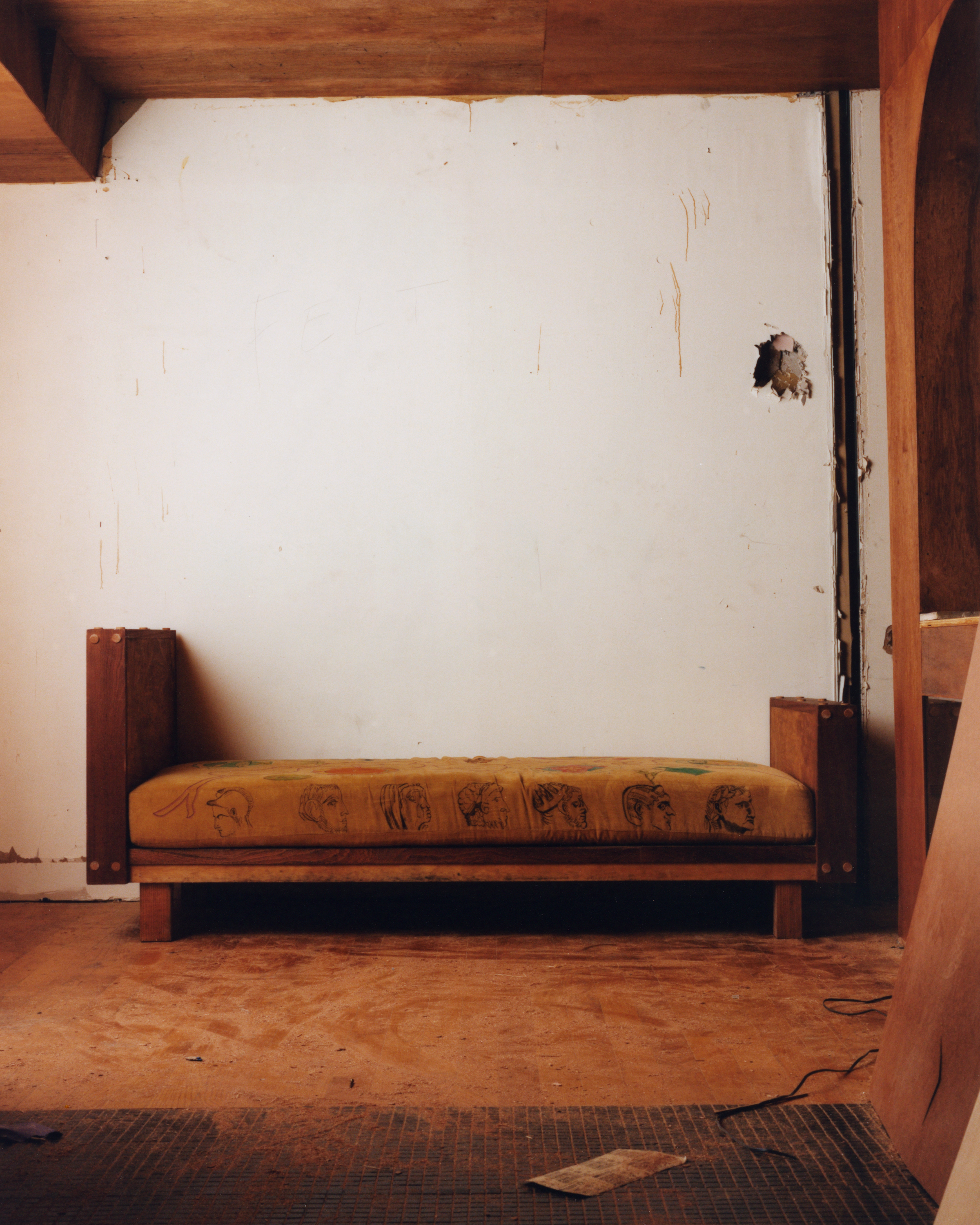
In terms of your desire to collect objects, what were you planning on doing with the archive you were building? Were you subconsciously collecting to eventually put things on display in this context? Definitely, since I was a little kid. I have a weird relationship with generational preservation where I’ve always saved things for my children who don’t exist. The way that mother is and the way that my aunts are–they saved things for my sister and I and they love objects that have family history. That informed my sensibility as a child.
What objects specifically? Oh my god, literally everything. All these photographs and clothes; the other day we had her sweater displayed in the front of the store. A lot of the clothes that my mom saved from her 20s has informed my collections and the way that I designed. We designed sweaters of hers that were basically reproductions but in a different yarn weight than the ones that her boyfriend gave her from Nepal or Peru. It has everything to do with a creative mindset too. I have tons of ephemera because of the way that I think about building my life.
…right, the sacred space. Tapping into tradition. And you see that with Ralph and his brand. He’s someone that I’ve always looked up to. When I was a kid, it was always my dream to work at Ralph Lauren, and I did intern there in college. I have a letter of his that Aaron framed, but I think there are a lot of funny anecdotal things that I take away from him and how he even talks about his brand now. The way he talked about his brand as a young guy making clothing and constructing a world—I think it’s really interesting, and we see the benefits of retail, which were a part of his dreams too.
I was thinking about how stocking your clothes with retailers in some way made your brand conceptual, because people could only see the Bode vision executed during fashion week and through campaigns. It was a world they could visit but not one that they could live in. Yeah, it’s hard. Some of our retailers are really able to explain the brand because maybe they’re smaller or have the means to do so through marketing and campaigns. But more often than not you have to highlight what the brand is about during market weeks by picking spaces that represent Bode, and we do it in shows and presentations—which is why I’m such a believer in shows—but at the end of the day people need to be able to walk into a space and understand who we are as a brand.


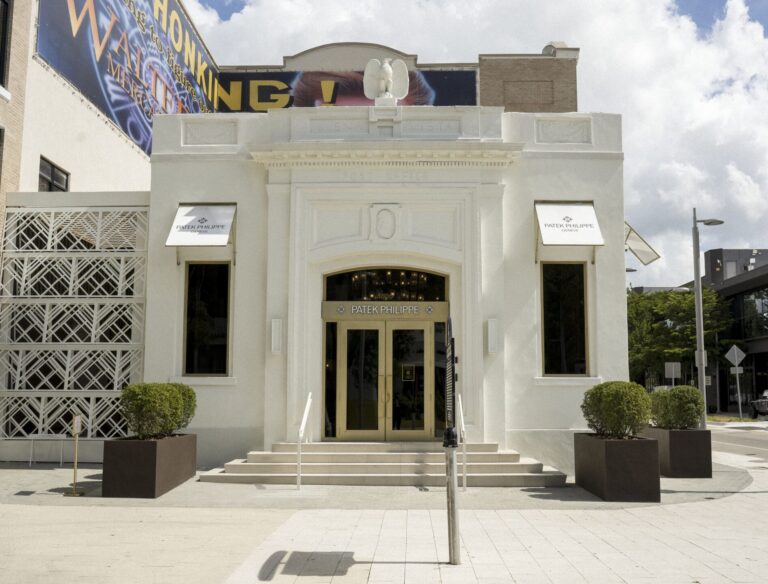
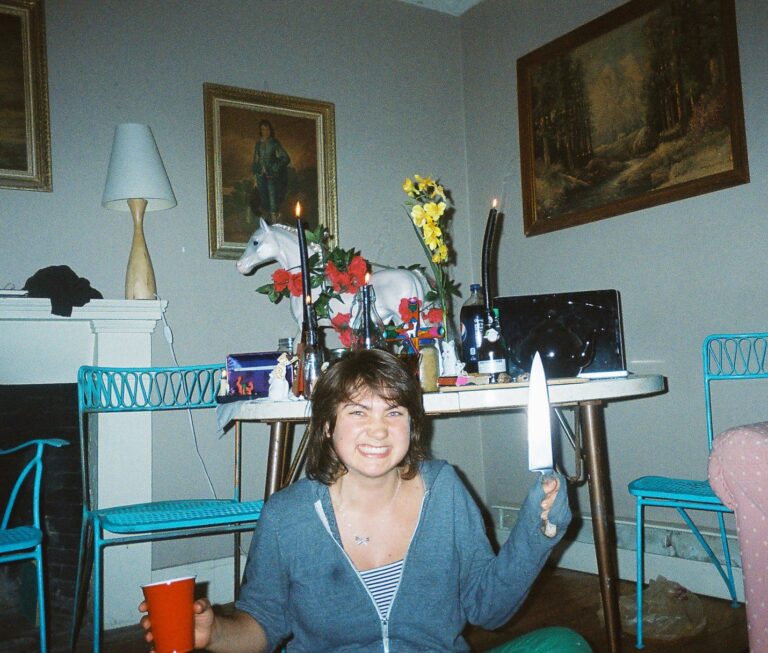

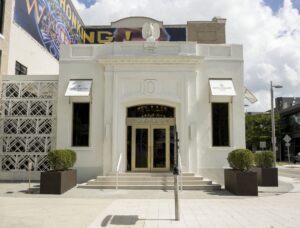




 in your life?
in your life?

